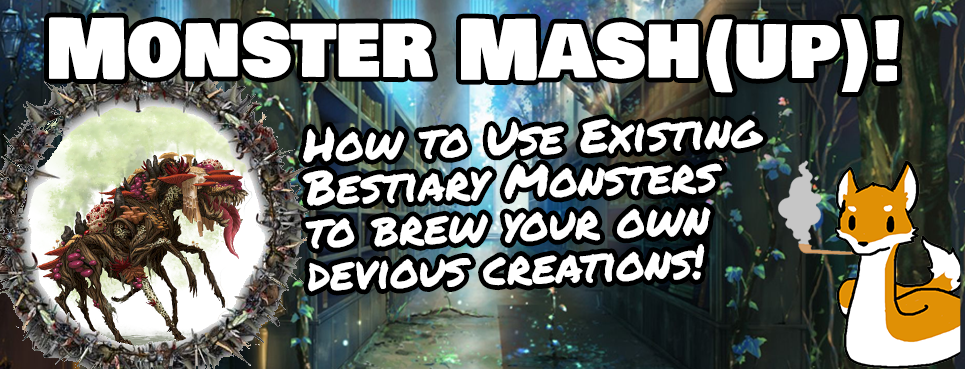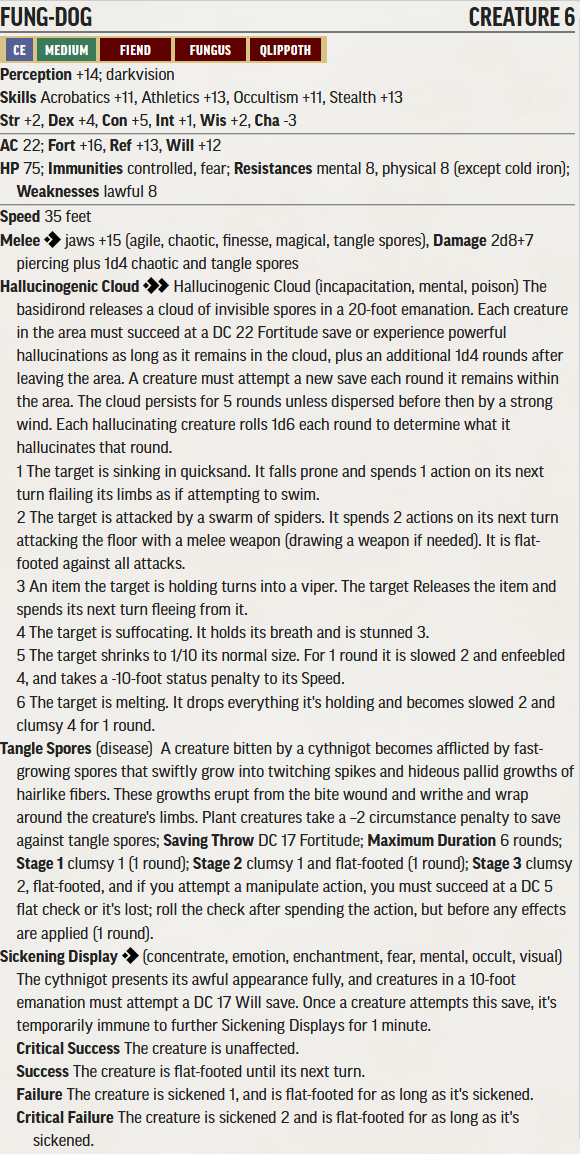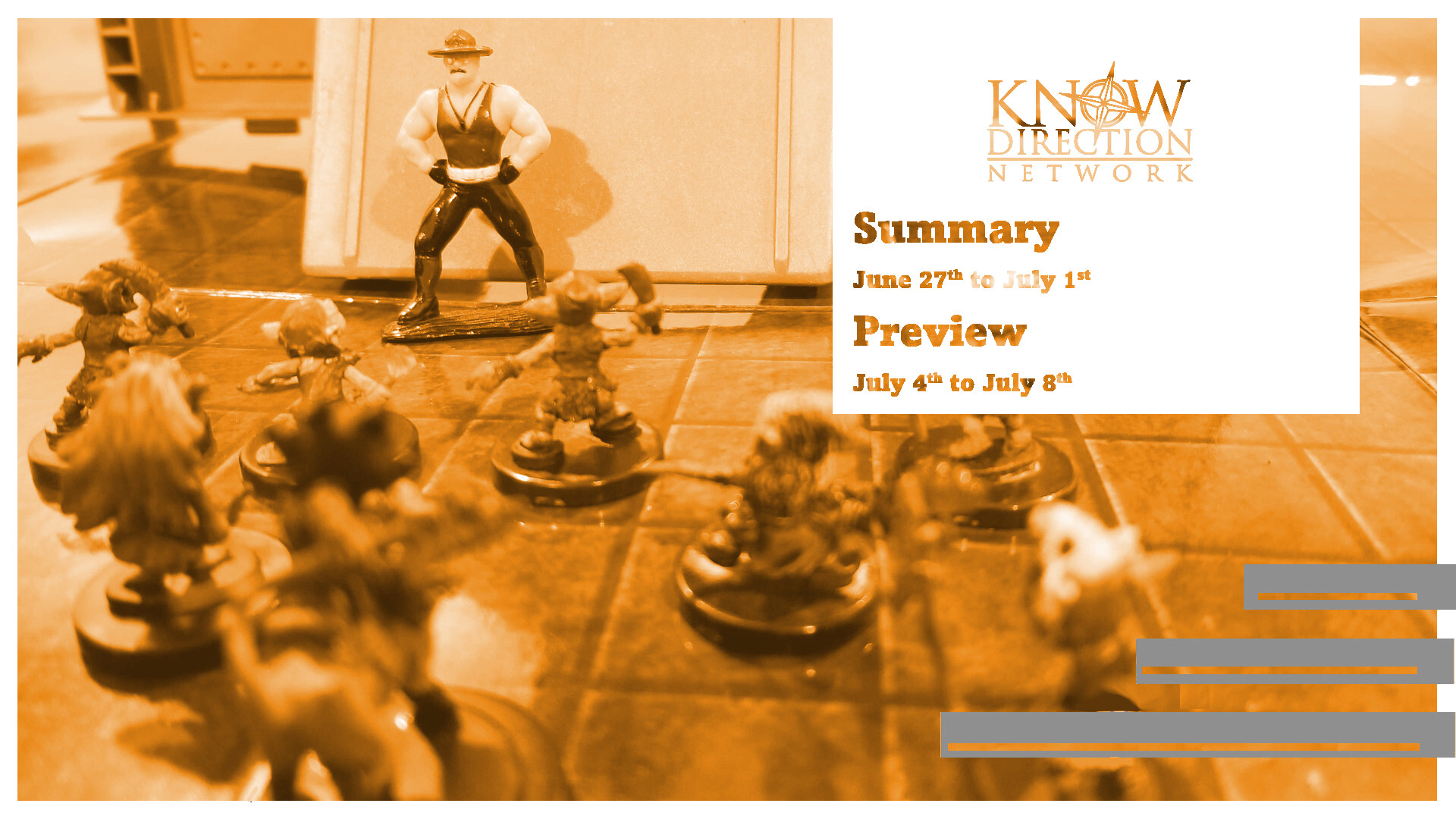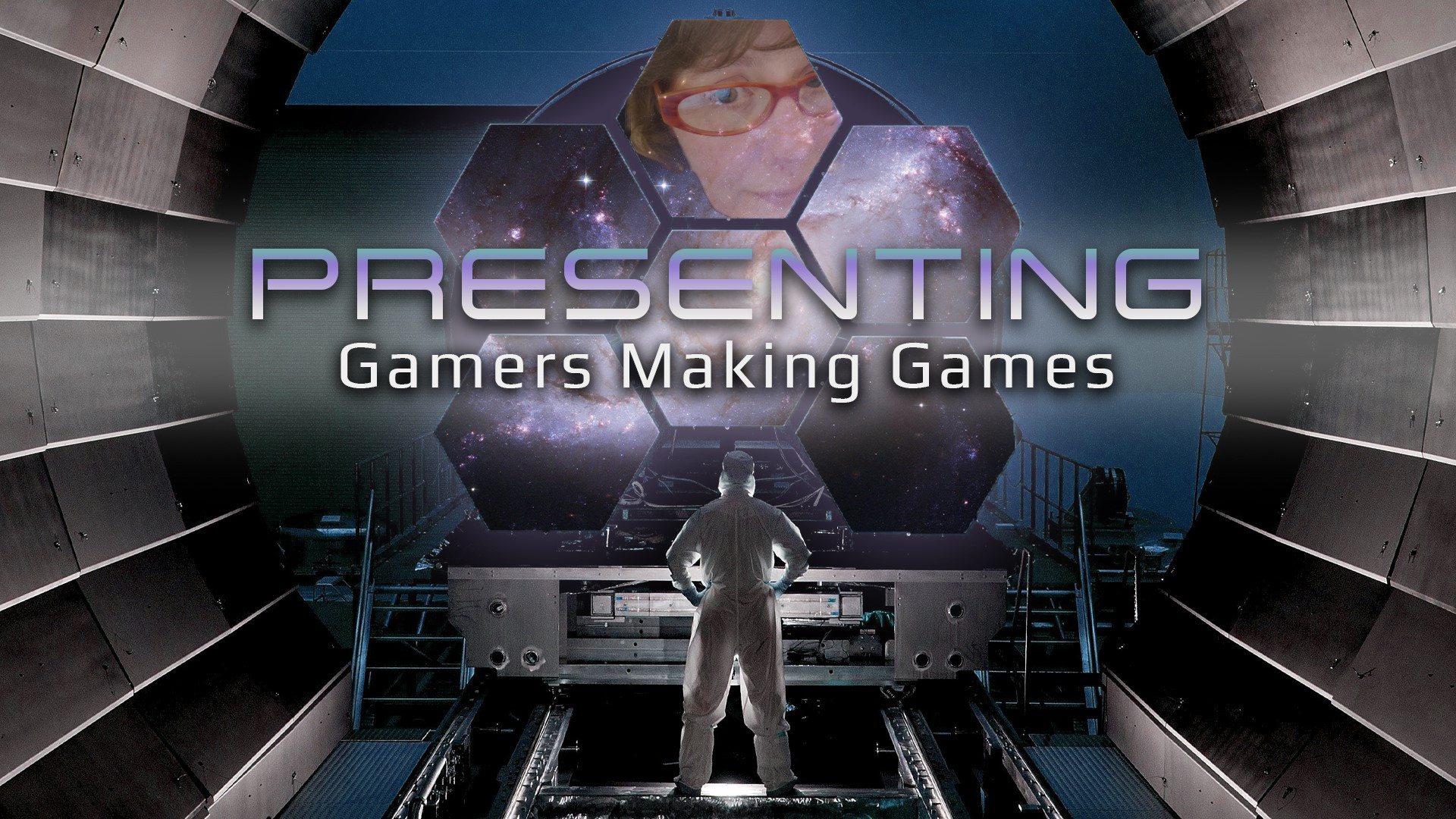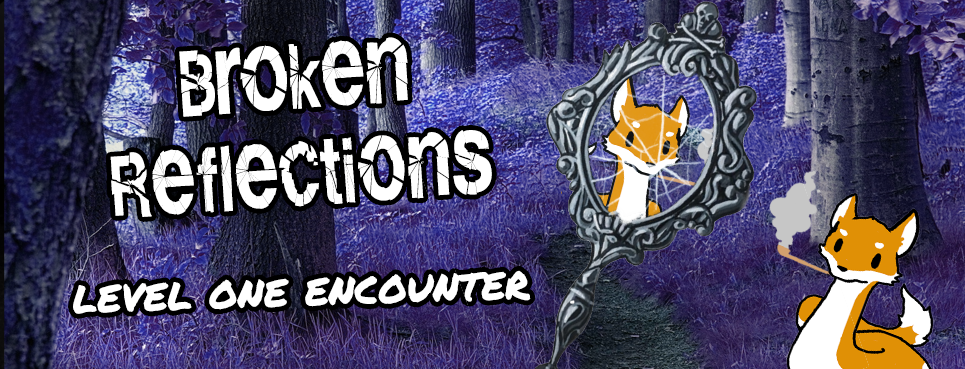Do you have the perfect idea for a monster that just isn’t in a bestiary? Maybe it’s the manifestation of a PC’s nightmares composed of a number of specific phobias. Or maybe it’s a cool pic you found on the Imaginary Monsters subreddit! Either way, I decided now was a good time to come up with a number of fun tips to help GMs out there make monsters super fast… by taking existing monsters and mashing them together! Online tools makes this considerably easier than stating a monster from scratch, and merely converting a monster can have some unforeseen circumstances, especially when a higher level monster’s abilities are properly adjusted to account for lower level capabilities! So, without further ado, let’s do the mash!
Step 1: Get Your Tools
Now I personally used the Foundry Module PF2e Toolbox which includes a creature builder and NPC scaler that work beautifully with this project. But if you aren’t using Foundry, you can also check out PF2e Monster Tools which automates all the messy math to make it a breeze to adjust or create a brand new monster. Now if you just want to use pencil and paper, you can also check out your Gamemastery Guide or the Creature Creation Rules on Archives of Nethys which can give you the numbers you’ll need to adjust on your base monster.
Step 2: Find Your Base Creature
Whether you are using a Monster or NPC, selecting an existing “base” helps speed things up considerably and give your world some more consistency between monsters. Opening multiple tabs full of similar creatures can help you find the baseline that you feels best fits your vision, and tools like the PF2e Toolbox let’s you automatically scale this monster to whatever CR you need for your encounter. For example, last Saturday my PCs were helping a local alchemist who they learned was infected by spores when helping his friend fight a qlippoth almost two decades ago. He used alchemical elixirs to stave off the infection all this time as he had an innate distrust of “magic” and refused magical treatment. The PCs spent a while earning his trust until they could ask him to receive magical treatment, but by then the qlippoth’s spores had grown enough to resist the spell! So I knew when the party attempted to remove the fungus it would violently expel itself, landing in one of the herbalist’s samples, and rapidly growing a body that would fight the party. So I needed a Level 6 Fungal Qlippoth. Unfortunately, a Cythnigot is level 1 and a Shoggti is more of a tentacled horror than a fungal horror so I knew I had to create my own creature! I’ve always had a penchant for fungal-dogs (thanks, Magic), so I googled around for an illustration of a “fungus dog” and found just the right illustration for my token, which inspired me to stat up my monster using a dog or wolf-like monster for it’s base statistics, hit points, AC, etc… (Although switching Con and Dex, and thus lowering AC and Reflex, but increasing HP and Fort)

Step 3: Adjust Your Base Creature
So here I am with the base statistics of a level 1 Wolf. Easy enough to adjust to level 6. But now what? Well, the monster is a qlippoth, so let’s look at the Cynthigot and see what adjustments I need to make. So first let’s give this the CE, Fiend, and Qlippoth traits. It needs the vision and language traits of a fiend, and let’s also give it an Int score since it’s smarter than the average wolf (but a little more dumb than your typical Cythigot, given it was just born). The immunities, resistances, and weaknesses are fine given neither PC in the scene uses those damage types. We can also ignore Pack Attack and we should dump Worry so it only gets one affix/rider to its Bite attack. I’m also going to remove the Fly speed and get rid of it’s Occult Innate Spells so I can make this encounter a little more “special”…
Step 4: Add Your Special Ability
What’s neat about monsters in 2e is they don’t usually need any abilities beyond what they will use in their encounter, especially if you don’t plan on using them outside of encounter mode. In addition to simplifying their creation process, it makes it quite easy to see exactly what they are capable of before an encounter and customize them. Like in the case of our “Fungdog” it was pretty easy to see right off the bat that he wasn’t quite the fun-guy I originally envisioned. So what can I do to kick it up a notch? Well, I want fungus abilities, right? Let’s go ahead and look at Fungus monsters! I clicked around and read a few of my favorites (I love the Drakauthix), but ultimately nothing felt more “fiendish fungus” to me than the Basidirond’s Hallucinogenic Cloud. Especially knowing there were going to be NPCs in the encounter with fairly low saves (adding some fun moments when they were writhing around on the ground screaming about snakes). So what do I have to do to adjust? Honestly, I just copied and pasted the ability. I considered increasing the DC since I was taking an ability from a level 5 monster and applying it to a level 6 monster, but I was already giving this monster an extra ability beyond what it should have (albeit, for some minor trade-offs), so it felt find having a slightly lower DC on the ability it was going to use to kick-off combat (especially when there were only two PCs in the encounter). I considered maybe including a couple fungus related spells or perhaps making some Cynthigot spawn using other plants in the room in case the battle went on long-enough, but I had faith in my PCs and didn’t want to further clutter up an already complex creature.
Step 5: Reconsider the Encounter
Once I’m done designing a monster I like to look one more time at my PCs. About how many rounds does it look like it’ll take for them to clear this thing? Is it hitting more weak-points in my player’s build than I’m comfortable with? Should I maybe give it a fire weakness since one of my PCs attacks with Foxfire? (I decided against it as most fungus don’t have a fire weakness, especially fiendish/aberrant fungus.) I also wanted to take into account the circumstances by which the monster entered the encounter: It would be in an enclosed space, so everyone was guaranteed to get hit by those spores. That confirmed the lower DC was the right choice. It was also going to spawn as the result of a Remove Disease spell that I knew Aisling, my party’s witch, was going to prepare 3 times. So why not make that part of the mini-game: If she can get the counter-act on her first attempt, I’ll give it the “Weak” template. But if it takes her three attempts, I’ll give it the “elite” template and remind the PCs of some elixirs around the alchemist shop they can use in case things get ugly. Of course, they are in Absalom, so they can always call for a guard if things get too extreme…and the Qlippoth probably would prefer to infect the PCs with spores if they can knock them out…
Step 6: Done!
This monster was super easy and fun to make and the encounter was a memorable blast! In the end they defeated the Qlippoth without too much trouble, although a nasty critical bite did leave poor Aisling the Witch at Dying 2 on the very last round of combat… which, to me at least, just made it all the more dramatic when Hiyori, our dashing rogue, crit with a foxfire ball for literally more damage than the Fungdog had maximum HP! Way to go, Hiyori!
Shameless Plug
If you’d like to watch me make more monsters live, you can catch me every Tuesday at 6 PM Pacific Standard Time for Booster Bestiary, where I crack random booster packs from various TCGs to make Pathfinder 2e monsters live on stream with the help of a live audience on Twitch!

